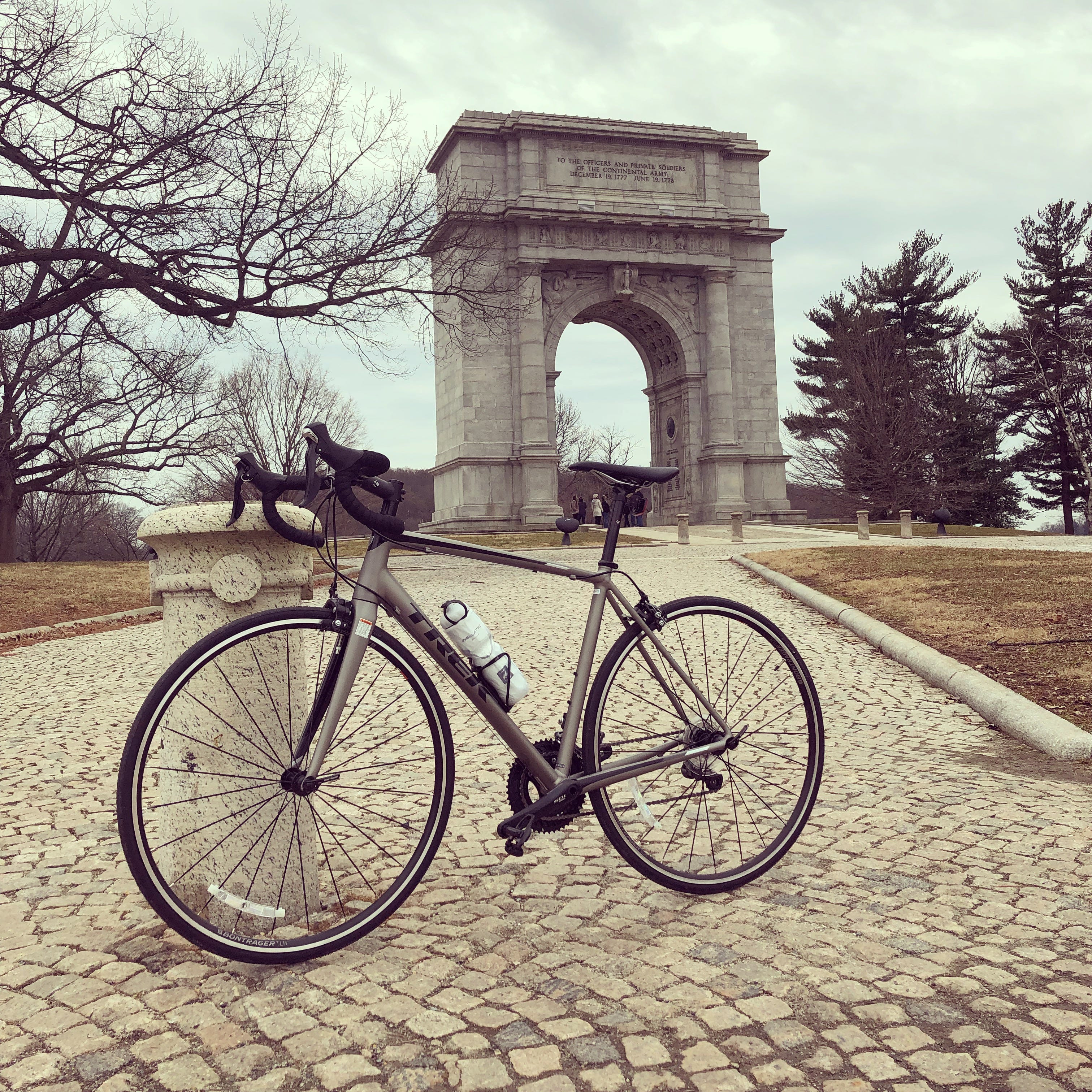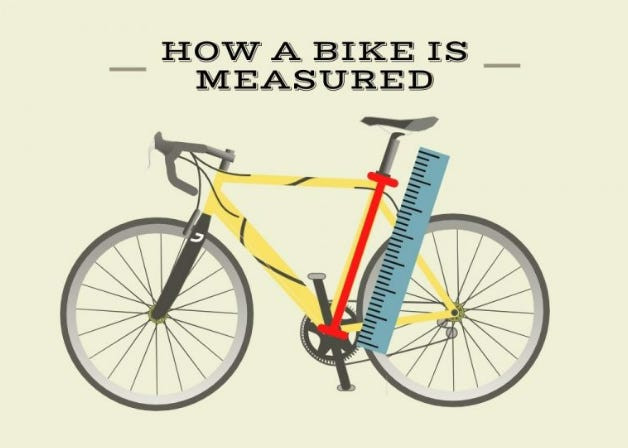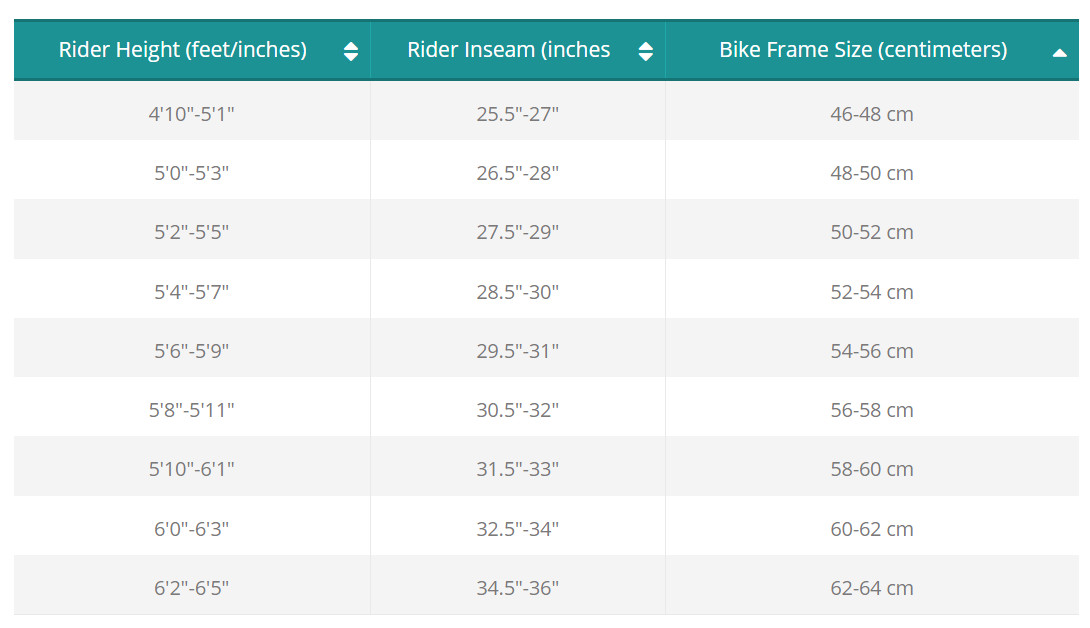So, you’re diving into the world of Ironman or 70.3 triathlons and the big question pops up: “What’s a good entry-level bike for an Ironman race?” You’re not alone! Finding the right Ironman Bike as a beginner can feel overwhelming, but it doesn’t have to be.
This guide is designed to break down the essentials of choosing your first ironman bike, ensuring you get a reliable and efficient ride without breaking the bank. We’ll cover key considerations, where to look for bikes, the new vs. used debate, the road bike vs. tri bike dilemma, understanding bike sizing, and some recommended brands to get you started on your Ironman journey.
Let’s get rolling!
Entry Considerations for Your Ironman Bike
Before you jump into browsing bikes, take a moment to reflect on your goals. Ask yourself: What do I really want to achieve with this bike purchase?
Are you envisioning yourself competing in multiple triathlons for years to come, fully embracing the multisport lifestyle? Or is this Ironman a “bucket list” item, a one-time challenge you’re tackling?
Defining Your Triathlon Goals
Your answer to this question significantly impacts your bike choice. Regardless of your long-term commitment, reliability, ease of riding, and simple maintenance are crucial. You want a bike that supports your training and race day performance, not hinders it.
For those committed to triathlon for the long haul, investing a bit more upfront – around $2,000 or more – is often a wise move. A quality ironman bike from the beginning offers several advantages:
- Enhanced Riding Enjoyment: A better bike simply feels better to ride, making training more enjoyable and consistent.
- Faster Progress: Efficient components and a proper fit contribute to smoother, more effective training and faster progress.
- Long-Term Cost Savings: Investing in quality upfront often means fewer repairs and upgrades down the road, saving you money in the long run.
If you’re still testing the waters of triathlon, a more budget-friendly option closer to $1,000 or less might suffice, especially if you’re resourceful in your search.
Budgeting for Your First Ironman Bike
To navigate your first bike purchase effectively, keep these three tips in mind:
- Set a Budget: Determine how much you’re comfortable spending on your ironman bike. This will help narrow your options and focus your search.
- Create a Needs List: Beyond the bike itself, consider other essential items like pedals, shoes, helmet, and potentially bike accessories. Factoring these in helps you get a realistic picture of your total investment.
- Research Purchase Options: Explore different avenues for buying bikes, including local bike shops, online retailers, and the used bike market.
Cautions of Going Too Cheap
While budget is important, be wary of cutting corners too much. There are a couple of common pitfalls to avoid:
- The Cheap Used Bike Trap: Many beginners are tempted by very cheap, older used bikes, often found on online marketplaces. However, experience shows that these bikes frequently come with hidden issues, leading to repairs, upgrades, and ultimately, more expense and frustration. Athletes often end up upgrading sooner than expected.
- The “One-and-Done” Myth: Many newcomers view their first Ironman as a singular event. However, the triathlon bug is contagious! The vast majority of athletes who initially plan for a single race end up staying in the sport and pursuing future events. Investing in a slightly better bike from the start can accommodate this potential long-term passion.
Where to Buy Your Ironman Bike
When it comes to purchasing your ironman bike, you essentially have two main avenues:
- Bike Shops: Local or regional bike retailers.
- Online Retailers: Direct-to-consumer bike brands selling online.
The Value of Local Bike Shops
My strongest recommendation is to begin your bike search at your local bike shop. Building a relationship with a good bike shop offers numerous advantages:
- Expert Advice: Bike shop staff are passionate about cycling and knowledgeable about different bike types and brands. They can provide personalized recommendations based on your goals and budget.
- Inventory and Options: Explore their current bike inventory and discuss options within your price range.
- Service and Support: Even if you don’t buy your bike there, a local shop is invaluable for tune-ups, repairs, maintenance, and expert advice throughout your cycling journey.
- Community Connection: Bike shops are hubs for the local cycling community, connecting you with group rides, routes, and local cycling knowledge.
Here’s how a bike shop can assist with your purchase:
- In-Stock Bikes: They may have a suitable ironman bike in stock that fits your budget and needs.
- Inventory Access: They can often check inventory at other branches or partner stores to expand your options.
- Assembly Services: If you purchase online, many bike shops offer assembly services to ensure your bike is professionally built and safe to ride.
- Used Bike Inspections: Considering a used bike? A bike shop can perform a pre-purchase inspection to assess its condition and identify potential issues.
Bike shop employees are generally enthusiastic about helping people get into cycling. Leverage their expertise and willingness to assist.
 My first bike: Trek Emonda ALR5 bought from the local Trek store
My first bike: Trek Emonda ALR5 bought from the local Trek store
Two more tips when buying a new bike:
- Consider Previous Year Models: Purchasing a bike from the previous model year is a fantastic way to save money on a new bike. Bikes from prior years are often discounted to make way for new inventory.
- Factor in Pedals: New bikes typically don’t include pedals, so remember to budget for these separately. Your bike shop can advise on pedal options and installation.
Buying New Ironman Bikes Online
Purchasing directly from online retailers is another viable option for a new ironman bike. Brands like Canyon and Quintana Roo are popular choices, offering direct-to-consumer models that can be excellent value. However, keep in mind you’ll likely need to assemble the bike yourself or pay a shop for assembly.
Exploring Used Ironman Bike Options
If budget is a primary concern, or if you’re looking for a bargain, the used bike market can be appealing. Two main platforms to consider are:
- Facebook Marketplace: A widely used platform for local classifieds.
- The Pro’s Closet: A reputable online retailer specializing in certified pre-owned bikes.
Facebook Marketplace can be a good source for used ironman bikes, especially in areas with limited inventory or for those seeking lower prices.
Use this checklist when considering a used bike on Facebook Marketplace:
- Age Limit: Avoid bikes older than 5 years. Technology and component standards evolve, and older bikes may have outdated parts or wear and tear.
- Condition Check: Thoroughly inspect the frame, gears, and brakes for any signs of damage or excessive wear.
- Rust and Damage: Steer clear of bikes with visible rust, wear, or damage, as these can indicate underlying problems.
- Vet the Seller: Try to buy from sellers who seem knowledgeable about cycling or triathlon, such as individuals who are upgrading their own equipment or are selling a bike that was lightly used.
Pro Tip for Used Bikes: Whenever possible, arrange to meet the seller at your local bike shop and ask the shop to perform a quick inspection and fit check before you finalize the purchase. This can save you from potential headaches down the road.
The Pro’s Closet offers a more curated and reliable used bike buying experience. They sell both new and certified pre-owned bikes, providing assurance of quality and condition.
Road Bike vs. Triathlon Bike for Ironman
For someone new to cycling and triathlon, I strongly recommend starting with a road bike before considering a dedicated Time-Trial bike (TT bike or tri bike) for Ironman.
Here’s why a road bike is an excellent choice for your first Ironman bike:
- Cost-Effective: Road bikes are generally less expensive than dedicated triathlon bikes, making them more accessible for beginners.
- Triathlon-Ready Configuration: A road bike can be easily adapted for triathlon with simple and cost-effective modifications (which we’ll explore in Part 3 of this series).
- Fundamental Skills Development: Road bikes are excellent for learning and practicing essential bike handling skills, balance, and cornering – skills that are crucial for safe and efficient riding, and arguably more important to develop initially than the hyper-focused aero position of a TT bike.
- Versatility: Road bikes are incredibly versatile. They are suitable for various types of riding, including flat roads, rolling hills, and challenging climbs. You can use them for training rides, group rides, and even recreational cycling beyond triathlon.
Finding Your Perfect Ironman Bike Size
Bike sizing is crucial for comfort, efficiency, and injury prevention. Road bikes are typically sized by frame size, measured in centimeters.
Understanding Bike Frame Sizes
The frame size measurement refers to the distance from the center of the crank (where the pedals attach) to the top of the seat tube (where the seatpost inserts).
 Bike measurement from center of crank to top of frame
Bike measurement from center of crank to top of frame
Here’s a general bike size chart to guide you based on height:
 Bike size chart in centimeters
Bike size chart in centimeters
Please note this is a general guide, and individual body proportions can influence optimal sizing. For reference, I am 5 foot 11 inches and ride a 56cm road bike.
The Torso Length Factor in Ironman Bike Fit
Pro Tip: While inseam length is a helpful starting point for sizing, torso length is actually more critical, especially for triathlon, where you’ll be riding in an aerodynamic position.
If you have a shorter torso relative to your height, you might lean towards a slightly smaller frame size. This allows you to comfortably reach the handlebars when in the aero position without feeling overly stretched.
Conversely, if you have a longer torso, a slightly larger frame might be more suitable to prevent feeling cramped or “scrunched up” when riding.
Seat height is easily adjustable to accommodate your leg length, but frame size impacts your reach and overall riding posture.
Your local bike shop is invaluable in helping you determine the correct bike size. Make sure to inform them that you’re buying the bike for triathlon, as this will influence their fitting recommendations.
Recommended Ironman Bike Brands for Beginners
When choosing your first ironman bike, selecting a reputable brand provides peace of mind in terms of quality, reliability, and support. Here’s a list of reliable and readily accessible brands that are excellent choices for beginners:
Felt, Fuji, Trek, Giant, Canyon, Cervelo, Specialized, Cannondale, Quintana Roo
This list is not exhaustive, and many other excellent bike brands exist. However, these brands are widely recognized and offer a good range of models suitable for entry-level Ironman athletes. You’re likely to be happy with a bike from any of these manufacturers.
Summary: Your First Ironman Bike
To recap the key takeaways for choosing your first ironman bike:
- Define Your Goals: Consider your long-term commitment to triathlon to guide your budget and bike selection.
- Local Bike Shop Advantage: Leverage your local bike shop as a valuable resource for purchasing, service, and community connection.
- New vs. Used Options: Explore both new and used bike markets, weighing the pros and cons of each.
- Road Bike First: For beginners, a road bike is generally a better starting point than a dedicated TT bike for Ironman.
- Size Matters: Understand bike sizing basics, considering both height and torso length, and seek professional fitting advice.
- Reliable Brands: Choose from reputable bike brands known for quality and support.
Continue Your Bike Education:
In Part 2:
- Bike components 101
- Pedal and cleat options
- Essential bike accessories
In Part 3:
- 3 ways to upgrade your road bike for triathlon
